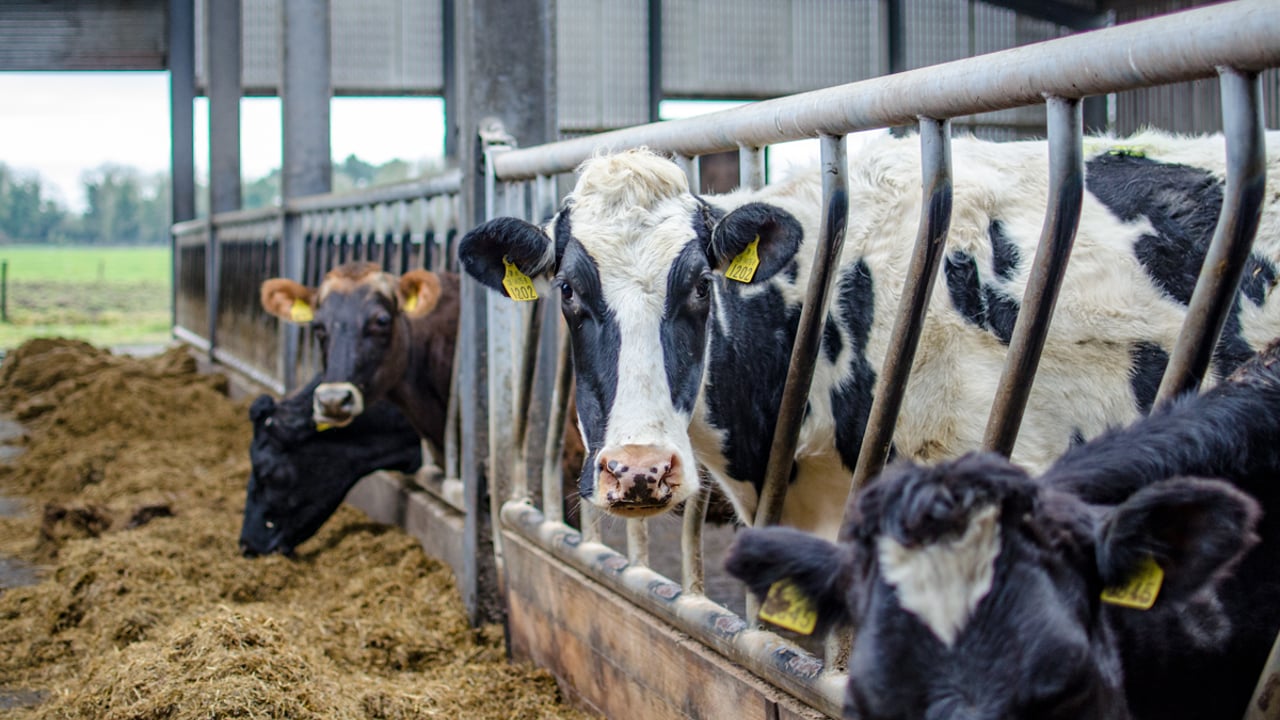Milk fever: Disease associated with calving that farmers will be trying to avoid
With calving having already started on some farms and it being just around the corner on many other dairy farms, there are many issues/diseases associated with calving that farmers will be trying to avoid.
One disease that farmers will all be familiar with is milk fever. As a result of milk fever, cows often ‘go down’ after calving from low levels of blood calcium (Ca).
What is milk fever?
Milk fever is a disease, characterized by reduced blood Ca levels. It is most common in the first few days of lactation when the demand for Ca for milk production exceeds the body’s ability to mobilize calcium reserves, but it can also be seen in late-pregnancy and up to the point of calving.
Why it is important?
Milk fever, both clinical and subclinical, is the most common macro mineral disorder that affects transition dairy cows. Milk fever affects muscle and immune function which can cause a cascade of problems.
Strategies for prevention
There are many strategies for the prevention of milk fever and, ideally, all would be monitored and implemented to some degree but in practice the most important thing is that your farm has a prevention strategy and is implementing it.





